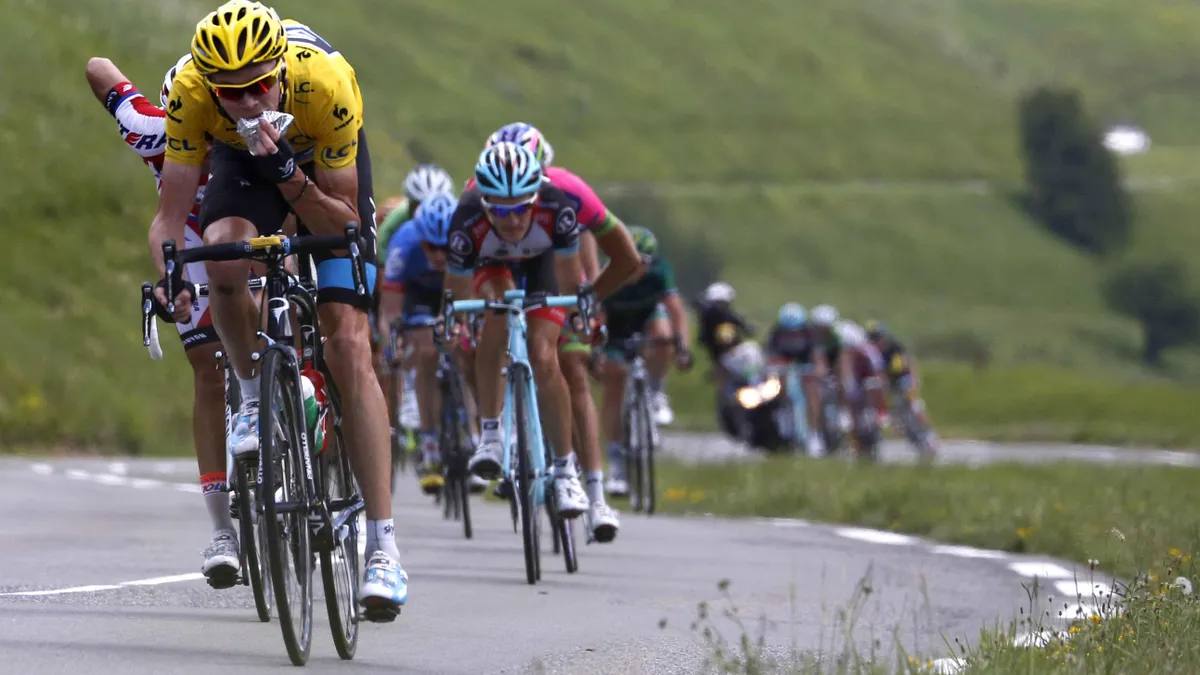For cyclists, mastering the use of body fat as a fuel is something of a busman’s holiday. That’s because one of the key routes to increasing the muscle’s capacity to store fat (in the form of triglycerides) and use it for energy is to ride, and keep on riding.
- How to lose belly fat by cycling
- Cycling nutrition: are you eating enough?
- Ultimate sportive nutrition guide
“Training on your bike in a variety of formats and fine-tuning your nutrition can make you more efficient at using fat as fuel at high intensity to preserve glycogen stores,” explains Nigel Mitchell, Head of Nutrition with Cannondale Pro Cycling.
However, to do that properly, he says, you first need to have a clear understanding of some of the concepts involved. To lose weight, you have to create a ‘negative energy balance’ in your body – in other words, expend more calories than you consume. The idea of enhancing fat burning (to ‘burn fat fast’) simply means to increase the proportion of your expended calories that will come from stored body fat.
“Nutritionally you need to bear in mind that although you can ‘burn’ all three types of food calories (fat, carbohydrate and protein) to produce energy – the bulk of what you use to fuel a ride is derived from carbohydrate and fat,” says Mitchell.
Protein does contribute to ‘fat burning’ in that it can be used to ‘fool’ the body into thinking it has carbs to call upon during certain types of training. As we’ll see, it can help encourage the use of fat as fuel.
It’s equally key to avoid overdosing on high-glycaemic index (high-GI) foods that cause blood sugar levels to spike: “If there’s too much glycogen for the muscles or liver it can lead to the blood being flooded with insulin, which prevents the use of fat for energy.”
1. Fasting burns fat fastest
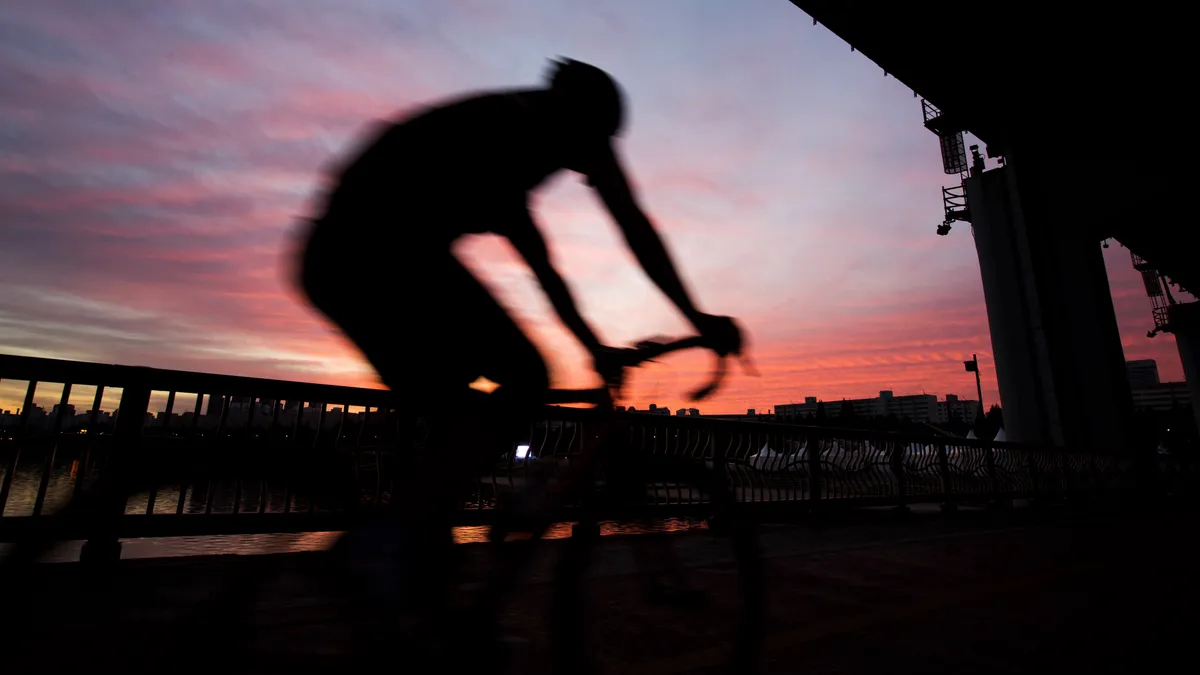
‘Fasted training’ is a well established method of converting fat reserves into fuel. The easiest way of doing it is simply by cycling first thing in the morning after a night spent sleeping – effectively ‘fasting’.
“After a long duration without carbs, your blood sugar will be low and the glycogen stored in the liver will have been depleted,” explains Charlotte Kennedy, Sports Nutrition Consultant for Etixx (etixxsports.com).
“Once you start cycling, fat becomes the main fuel source. Doing fasted training sessions two to three times per week can improve your ability to use fat and will enhance the effects of endurance training, as it trains the metabolism so it burns fat more readily.”
Carbs don’t just fuel the body; they nourish the mind too. Riding in a fasted state for a relatively short period of time – less than 90 minutes – may help target your fat stores but that’s no good if you’re unable to keep your wits about you on busy roads. “Fasted training isn’t for everyone,” warns Kennedy. “I find I’m too focused on being hungry for it to really work for me.”
Also, riding with the carb tank on empty means your levels of nitrogen and amino acids are depleted – which can make post-ride recovery a struggle. To counter this, nutritionists suggest keeping the intensity of fasted training sessions at a comfortable level, in other words in a low heart-rate zone, and even taking a protein drink while riding, which won’t interfere with fat adaptation but will make recovery smoother.
2. Go zonal
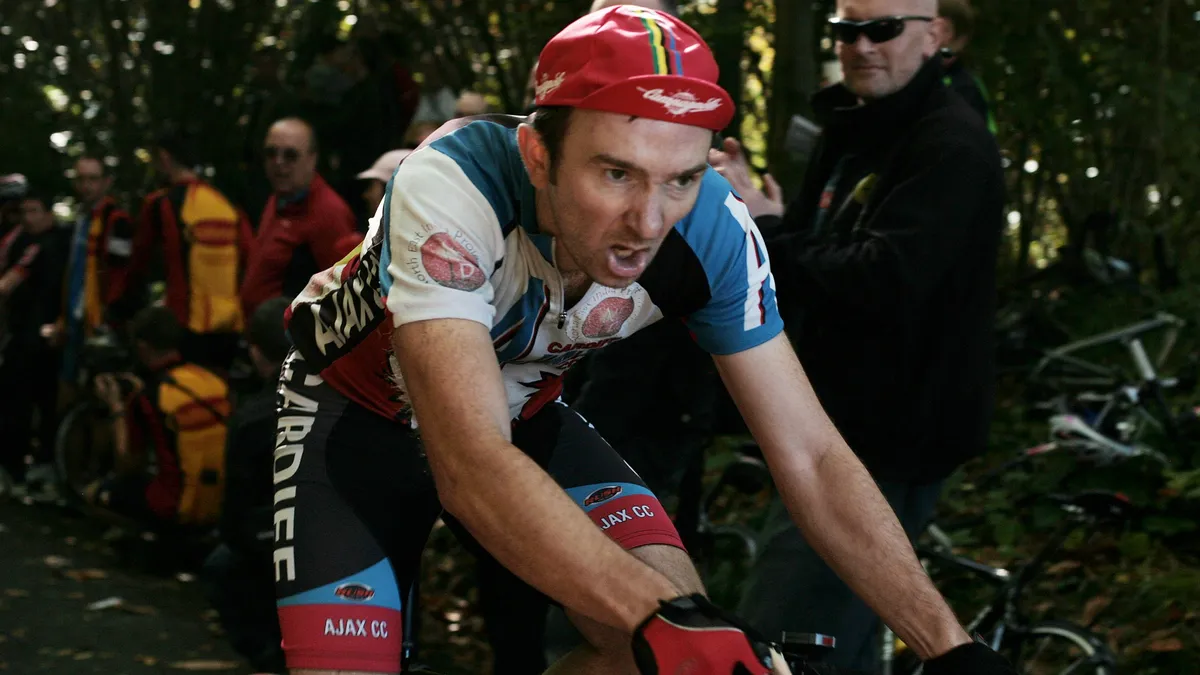
Elite endurance athletes learn how to control the rate at which they’re tapping into fat fuel stores and are able to stave off the depletion of muscle and liver glycogen by exercising in ‘zones’ that can encourage fat conversion. And the theory behind it can be applied to cyclists at any level.
“If your goal is to maximise your body’s ability to burn fat as a fuel, then Zone 2 is the one to focus on,” explains Hunter Allen, coach with peakscoachinggroup.com. “But you shouldn’t ignore the other zones completely.”
Researchers at Birmingham University’s Human Performance Laboratory came to the same conclusion, pinpointing a ‘Fatmax Zone’ maximum heart rate (MHR) between 68 and 79 per cent where fat metabolism was maximised in a study of 18 male endurance cyclists. Additional studies show that at around 69 per cent MHR, fat can provide half of the calories you need to keep going for the first hour or so.
Beyond an hour, fat becomes more plentiful as an energy source, providing around 70 per cent of the total energy after two hours and 80 per cent or more if your work duration exceeds three hours.
“But to burn fat so that you extend your endurance range, you need to teach your body to use fat first in every session,” says Allen, who combines fasting with zonal work in his coaching of pro riders.
“So start off every ride early in a fasted state and cycle for up to two hours at zone 2 and 3 to force fat to burn. Then at the end of two hours start eating some carbs and protein and then finish your ride with intensity and interval sessions.”
3. Train long
Because fat is a slow-burning fuel that requires oxygen to convert it into usable energy, it naturally lends itself to fuelling long-distance rides. So why do some exercise experts specifically rule out long rides as a useful contribution to fat burning?
It’s simply because long rides also increase appetite afterwards, where high-intensity intervals suppress it. “You may have done the hours and burned the fat – but you’re more likely to eat more at the end of the ride,” suggests Kennedy.
One option is to use carbs sparingly, as Allen suggests, after you’ve tapped into the fat. “If you were to just delay the intake of your in-saddle snacks, you could encourage fat adaptation that helps convert fat stores to tank fuel,” Kennedy says.
But converting fat to fuel takes longer than carbs, and requires lots of oxygen, plus cycling is rarely about the long, steady ride. It leaves you with a dilemma: if you increase the intensity then the fat contribution to fuelling your muscles decreases, but if you want to go really fast you need the faster-burning carbohydrate (glycogen) for energy.
4. Get intense
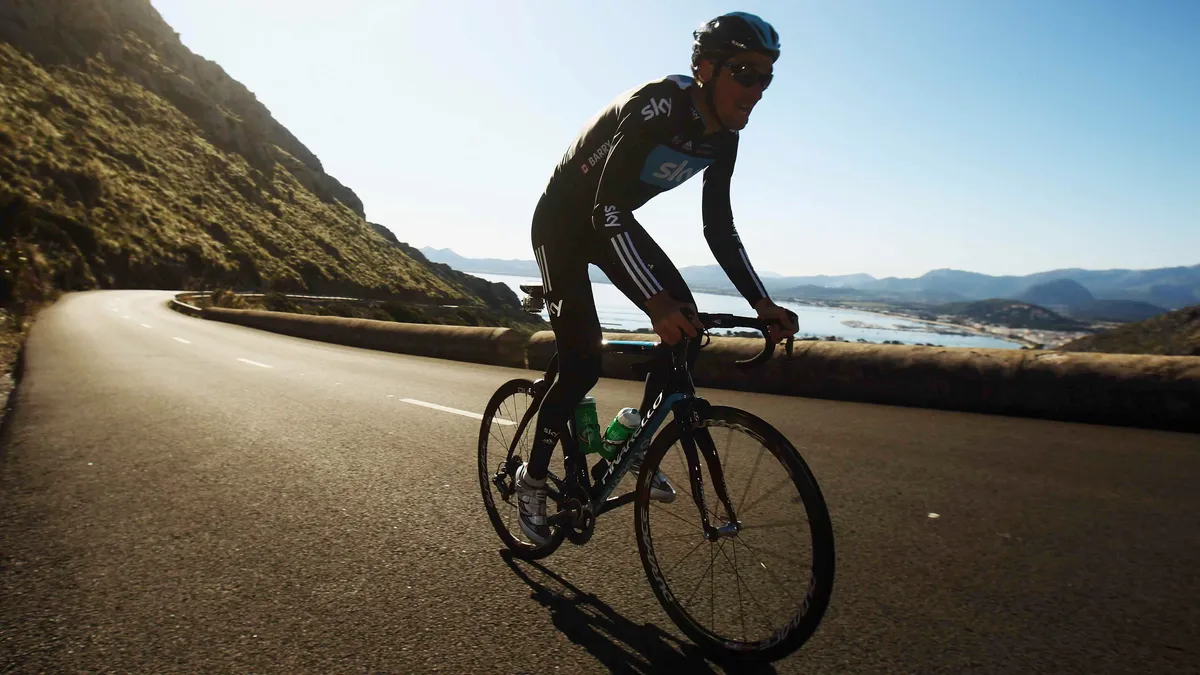
Fortunately, with a bit of strategic planning it’s possible to mix ‘fast’ and ‘fat-burning’.
While steady cycling in the low intensity zones can chip away at fat levels, research also highlights how getting the right combination of intensity and duration through interval training sessions can actually be more effective in helping cyclists turn fat into four-star.
“Interval sessions have a greater calorie cost than steady rides – especially when a ‘fired’ up metabolism and suppressed hunger can be a factored in,” says Kennedy.
In one well-documented trial at the Laval University in Quebec, Canada, a group of 17 riders trained on an indoor bike four to five times a week for 20 weeks in steady workouts of between 30 to 45 minutes long, with exercise intensity ranging from 60 to 85 per cent of their maximum heart rate.
A second group of 10 riders completed 30-minute workouts at an intensity comparable to the first group – but this second batch conducted a mix of 19 short (10 to 15 intervals of 15 to 30 seconds each) and 16 long (four to five intervals of 60 to 90 seconds) sessions over only a 15-week study.
While the first group expended twice as much energy during training as the second group – they burned more calories, in other words – the second group (who performed less work in total) recorded a nine-times-greater loss of body fat. It was also found that going full-pelt for some sessions can trigger a more lasting ‘burn’.
5. Raise your resting metabolic rate
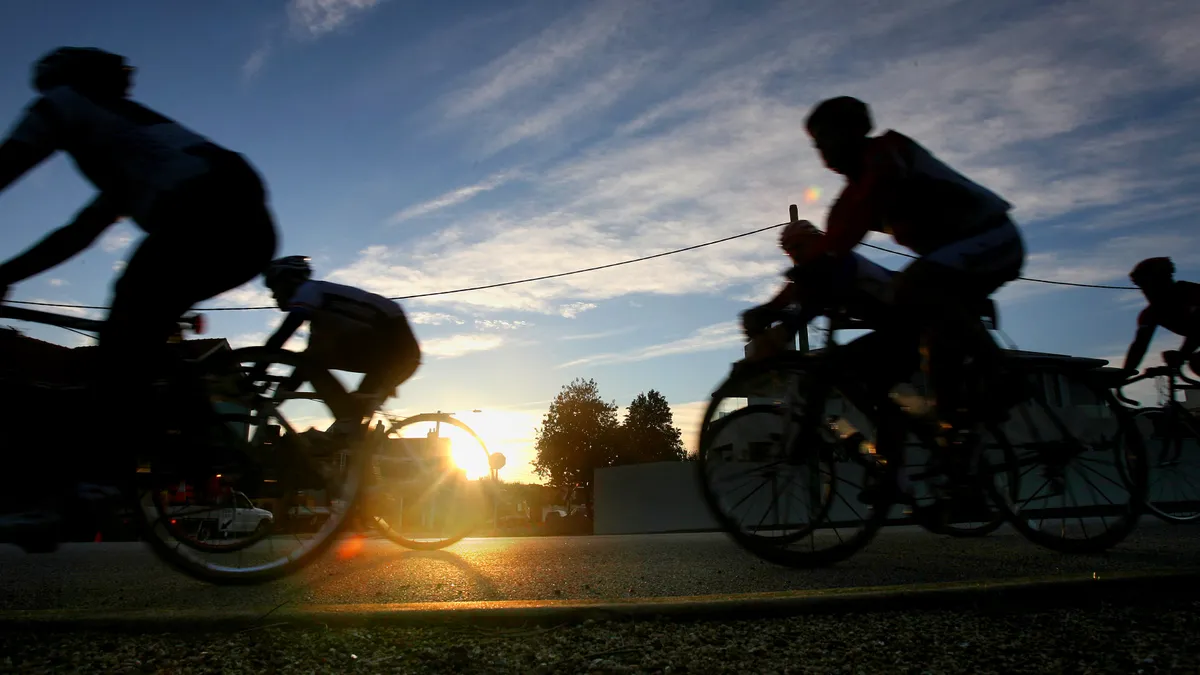
Another way to burn fat faster is to increase your resting metabolic rate – the level at which your body naturally burns fat when not exercising. For many endurance athletes, achieving this is a result of combining aerobic training with resistance work and clever food choices.
You don’t need to go to extremes to feel the benefit, though. On the aerobic side of things, riding in those upper MHR zones will see you burn more carbs than fat, but you’ll still get through plenty of fat and the metabolic spike will continue long after you’ve left the saddle.
In one study, this ‘afterburn effect’ – also known as excess post-exercise oxygen consumption (EPOC) – led to riders who’d cycled for 45 minutes at high intensity levels burning an additional 190 calories in the hours after exercise compared to days when they didn’t cycle.
6. Make fat-burning muscle
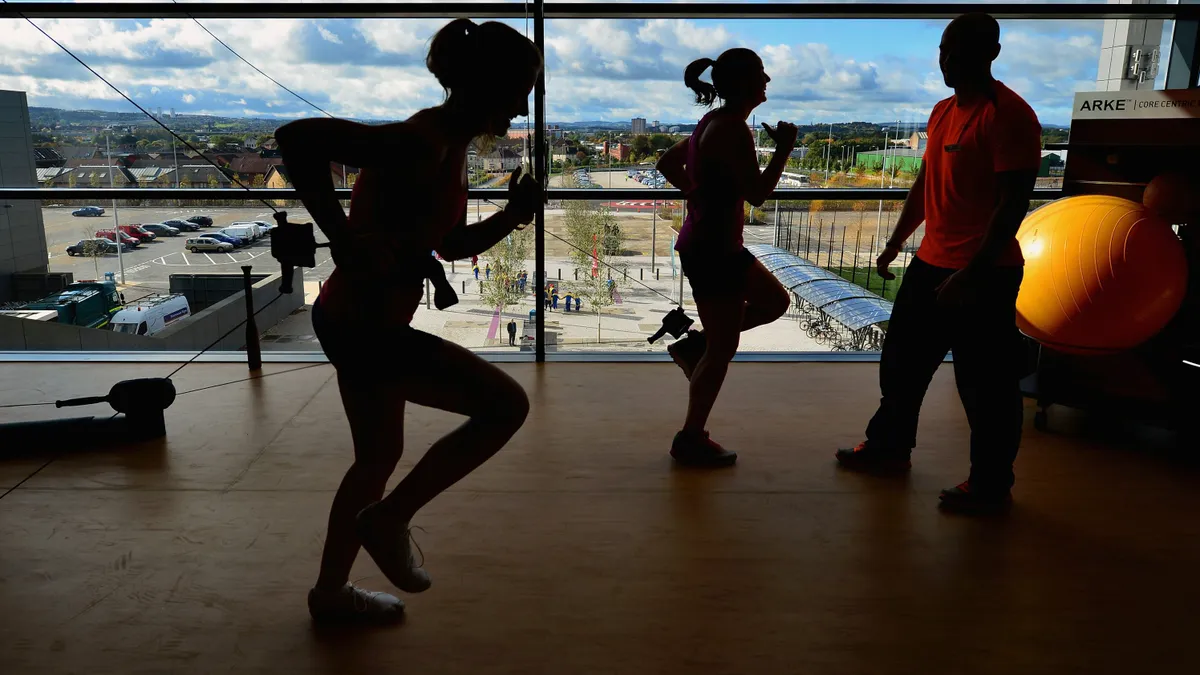
Replacing body fat with lean muscle will keep the embers alight too. “Just two 30-minute sessions of resistance training within your weekly aerobic exercise program can significantly improve your metabolic rate,” explains Nick Grantham, Olympic coach and author of The Strength & Conditioning Bible.
Muscle mass is metabolically far more ‘active’ than adipose (fat) tissue, so increasing your muscle mass means that the rate at which you burn up energy – even while resting – is raised too. For cyclists, Grantham suggests total body programmes including resistance exercises to engage all the muscles vital to road-handling and power-generation – from the glutes to core, and beyond.
“The ideal session comprises 10 to 12 exercises designed to work all the major muscle groups,” says Grantham. “Aim for one to two sets of 10 to 15 reps per exercise, with enough weight set so that the repetitions can only just be completed. This will produce good results if you’re not an experienced resistance trainer.”
The overall effects of these fat-burning training methods will impact on your body fat percentage, but only so long as you watch your intake too.
This article was last updated on October 6 2017
